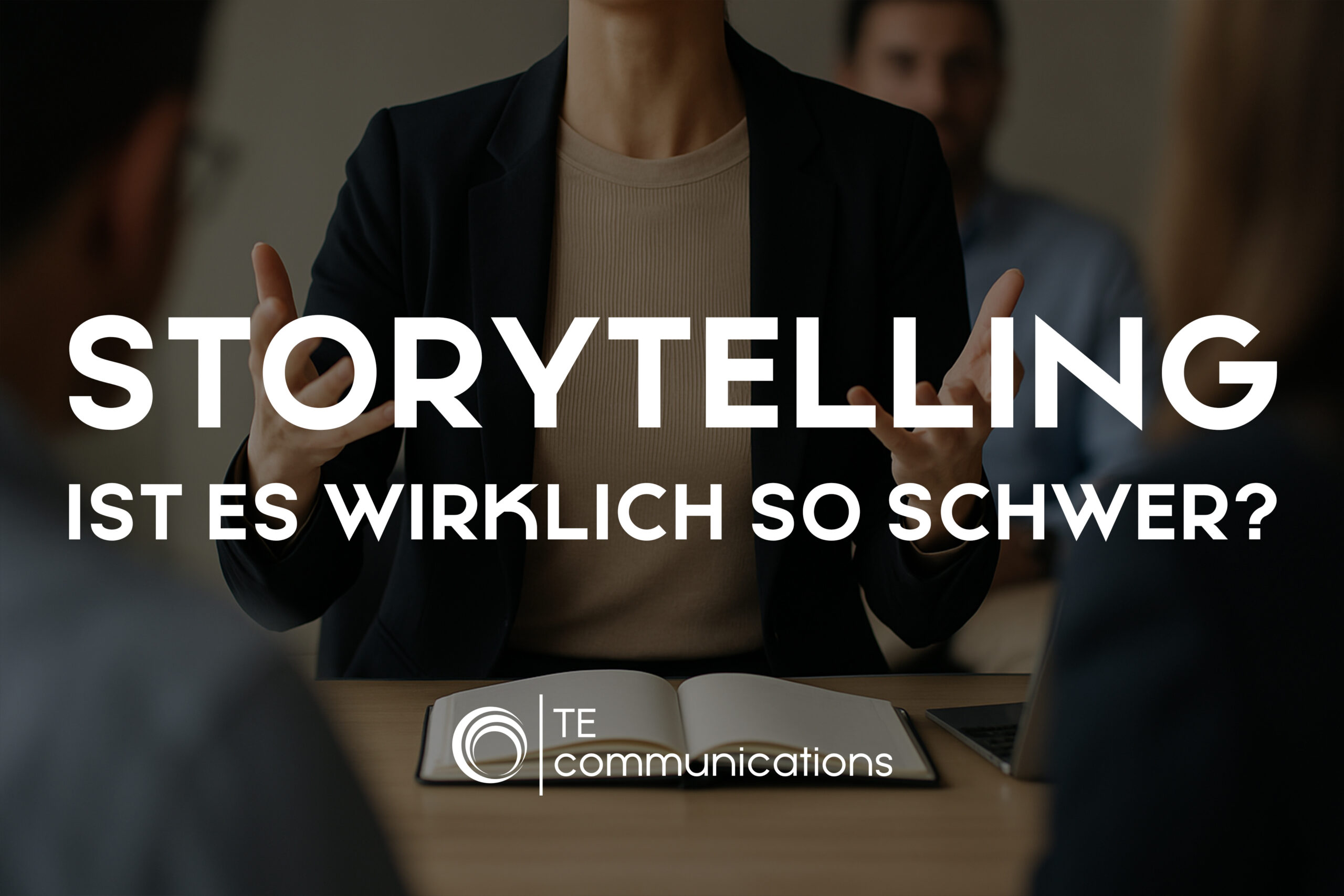Blog post by Birte Orth-Freese, CEO.
Picture this: you’re sitting in a meeting. The colleague next to you is reading out the tenth bullet-point slide in a monotonous tone. PowerPoint slide number 37. You’re struggling to stay awake. And then something magical happens: another colleague starts telling a story. No slides, no technical terminology. Just a story. A personal experience, a challenge, a lightbulb moment. Suddenly, everyone is alert. Why? Welcome to the world of storytelling.
Why stories work – an objective perspective
The term “storytelling” might sound to some like a marketing buzzword – a bit fluffy, hard to quantify. But the truth is: stories are powerful communication tools – neurologically, psychologically and economically. One of the most well-known studies comes from Paul Zak, a neuroeconomist at Claremont Graduate University. He demonstrated that well-told stories release the hormone oxytocin in the brain – a neurotransmitter that fosters trust, empathy and social bonding. In short: those who tell stories build connections.
A study by Jennifer Aaker at Stanford University shows that people are 22 times more likely to remember information presented in a story than information conveyed through facts alone.
The brain loves stories – and hates bullet points
Why is that? Our brain isn’t a processor for sorting dry facts. It’s a seeker of meaning, a context addict. Stories offer structure, emotion, suspense – the perfect recipe not just to understand content, but to remember it.
And this is where the misunderstanding lies: many people think storytelling is a “nice-to-have”. In reality, it’s a must-have – if you want attention. Or impact. Or sales.
But isn’t storytelling really difficult?
This question comes up a lot. And yes – good storytelling is demanding. But it’s not unlearnable. What puts people off is the belief that you need to be Shakespeare or a Netflix scriptwriter to tell stories. In truth, good storytelling starts much smaller – with the ability to connect relevance with emotion.
Here are a few reasons why many people think storytelling is hard:
- We’re not used to it. In school, university and business we learn: “Facts, data, PowerPoint.” Stories? Nowhere in sight.
- Fear of emotion. Many believe there’s no place for feelings in business. But it’s exactly emotions that make information memorable.
- Lack of tools. Without structure, it is difficult. The good news? There are clear models you can use (feel free to comment or message me for more info).
Numbers don’t lie: storytelling drives results
A study by Headstream found that 55% of people are more likely to buy a product if they connect with the brand’s story. Sales also benefit from storytelling: according to an analysis by Harvard Business Review, companies that actively use storytelling in sales can achieve up to 20% higher close rates.
An example: don’t just talk about specifications – tell the story of a customer who solved a problem thanks to your product. Or in reporting: don’t simply present numbers – provide context, explain developments, share examples.
Storytelling isn’t sorcery. It’s a craft. And like any craft, it takes practice, the right tools, and the courage to do things differently. But the reward is significant: attention, connection and impact.
So, is storytelling really that hard?
No harder than any other form of good communication – just more alive.




